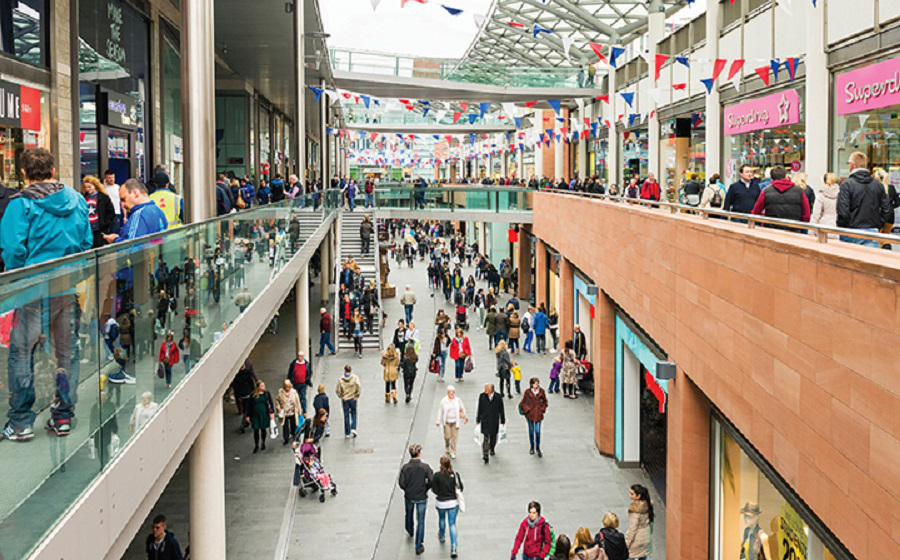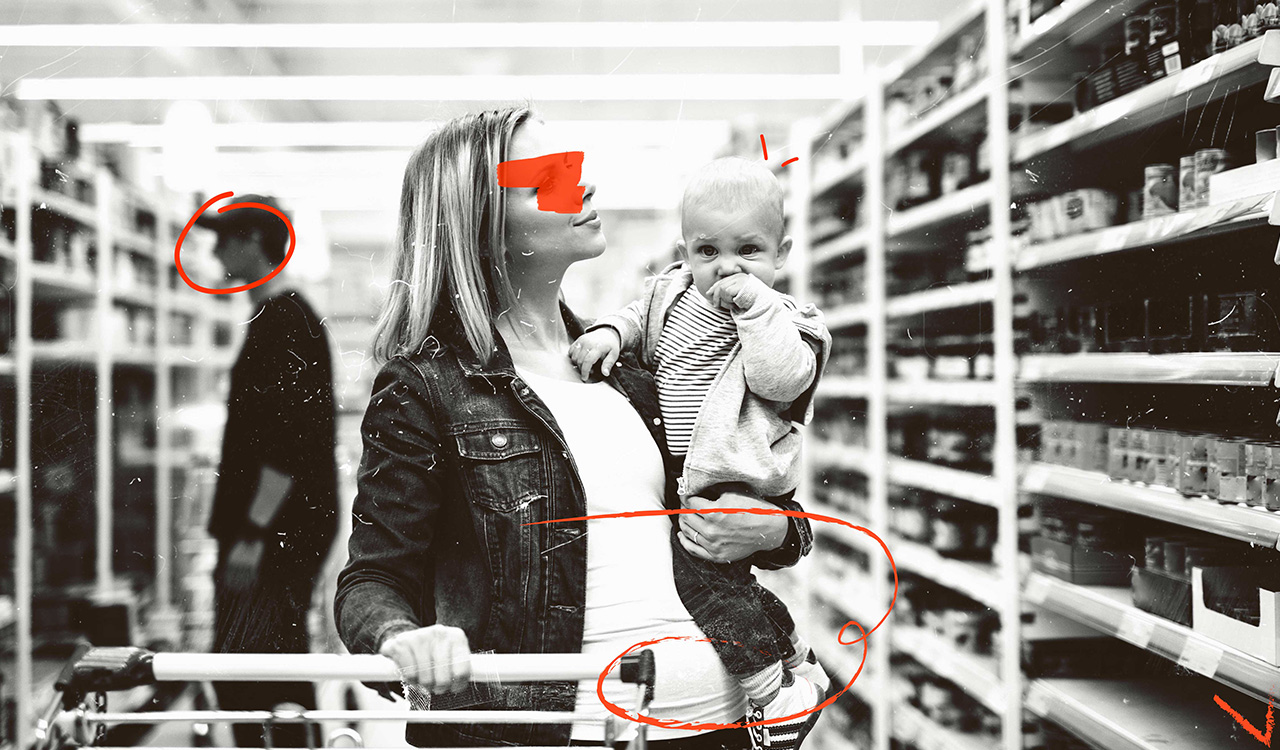My favorite 14-year-old girl, like so many in her generation, is lost without her phone. In spite of school, sports, eating and sleeping, she spends almost eight hours a day on social media. Instagram and Snapchat are her addictions. Selfies are taken and posted hourly. In the social media scheme of things, Facebook is only for old fogies. The worst punishment Mom can give her is to take away her electronics. She is a 21st century girl. And yet the way to her heart is to take her shopping. T.J.Maxx, Joe Fresh, H&M, Anthropologie, Uniqlo, Hollister—she has outgrown Dylan’s Candy. I often hire her to take retail pictures for me. She is cute snapping pictures; I, on the other hand, am intrusive.
Marketplace Mentality
We, as a species, have been going to marketplaces since we were hunters and gatherers. It was not just about the acquisition of goods; it was about a meeting ground to look at and interact with other people, especially strangers. Our fascination with shopping may be as much about natural selection’s predisposition against incest as it is the need to acquire. Get them out of the house to meet new people and give them joy with owning something new.
Doubling Down
For most Gen-Xers and millennials, the mall was the first place they got to be their independent selves. It was the first place they met strangers that didn’t live on the same block, go to the same school or attend the same house of worship. It was the first place they got to see the broader world and spend (and sometimes make) their own money. While some B and C malls across the country are failing, try finding a parking space at Short Hills or Garden State Plaza on a Saturday afternoon. It’s a tale of three malls.
Mall Mavens
Across the developing world, malls, or what we refer to in the industry as organized shopping, offer a series of virtues that cannot be found on an urban street. The mall is climate controlled and clean. Since shopping in 2015 tends to be a female activity, hygiene plays well globally and the mall is doing just fine. The mall is also safe. In many countries it screens its visitors with security checks, not unlike airports, and operates its own private police force that make our mall cops look like patsies. In 2013, the terrorist attack on an upscale shopping mall in Nairobi resonated everywhere—but particularly in developing markets.
The demise of retail is a result of aging white males who were programmed like hunters to walk in the door (or the forest), shoot something quickly and drag it home. They are relics of the past. And for them, we have Cabela’s, which is the top tourist attraction in some of the states it is located. Guys drive for hours and camp in the parking lot. As an urban person, when I visited the mothership of Cabela’s outside Sidney, Nebraska, it was as close to the dark side of the moon as I‘ve gotten. Yet it’s a highly successful male-focused, thriving retail-empire where the shopping therapy side of a male’s brain can be indulged and not judged. The presence of guns, fishing tackle and duck blinds give the male visitor permission to buy pants, shirts and underwear.
Retail of the Absurd
Make no mistake; modern shopping is in an uproar. As a culture, we are over stored. There are too many places to buy the same stuff. Almost all American retail chains would be healthier if they could shed 30 percent or more of their underperforming properties. The root of the problem rests on Wall Street where those same chains are more answerable to analysts looking for growth and stock price, than the historic retail measures of profits (cash), customer satisfaction and loyalty.
North American retail empires often struggle as they get past the germinating passions of their founders. Anyone remember Gimbels, Altman’s, Montgomery Wards, Korvette’s, … much less Woolworth? When a store brags they’ve been “Open since 1937,” it’s about still being alive when all of your competition is dead. But survival does not equate to success. We celebrate our merchant gurus including Gordon Segal, Mickey Drexler and Les Wexner whose minds, hearts and guts built remarkable enterprises. The real question is whether they have been able to institutionalize their visions into their organizations to continue on when they are gone. The passionate merchants who have the vision and resilience to sustain a brand are few and far between. The world of stuff has changed and the role of retail curator is now subjected to markdowns and knock-offs.
All the abundance of choice for things we don’t need is creating a fatiguing sense of commoditization. As an antidote, in 2015 we tend to celebrate how little we spend for something rather than how much. Our immediate access to pricing information for industrially produced stuff gives us power. We can ferret out the value of things ourselves, not be led by marketers who can’t resist the spin.
Our value-power is coupled with a new sense of personal preference for what we do want, when we want it. Thus, Murray’s Cheese at New York’s Grand Central Terminal or in selected Kroger store-in-stores can sell us artisanal French Brie or Swiss Emmental at prices we are very willing to accept, whereas a Toshiba laptop purchase tends to get relegated to the lowest priced merchant.
Shopping Fatigue
I repeat a line I have used hundreds of times: After age 40, roughly 80 percent of our weekly purchases are routine. Why should we have to go back to the store to buy the same stuff? Our future will be simplified by smart kitchens that text us weekly shopping lists that we can add to or edit, and then place the order either for delivery or pick-up. Let me save my shopping energy for what really matters. I will shop for fruits and vegetables at the farmers’ market where I can talk to the people who grew them, and feel a sense of artistry when I pick out the ones that please me. Laundry soap, sugar, paper towels, toothpaste, bottled water: that’s a rote replenishment buy.
Online Memes
Yep, the online world of shopping and buying is growing. Amazon Prime is a genius idea even if the FAA is unlikely to permit delivery drones in the next five years. But for all of its cool factor, the Web has flaws. So many good ideas are subject to instant knock-offs. Unless you are able to build seriously and scale quickly, e-commerce is subject to overnight cannibalization. And with the Web, everything has equal weight. It can propagate the Protocols of Zion and the Psalms of David equally.
The e-commerce world has been taken by surprise by how fast Internet access migrated from laptop to the tablet and smartphone. The ubiquitous online solution has been seriously challenged. How we shop on different devices tends to be very different, and all our measurement engines for understanding online behavior are based in click streams (what we do) rather than finding ways to understand why we don’t do something.
For example, the male geek world has struggled to understand why some women spend hours shopping online and buy nothing. They don’t realize the 14-year-old and many of her kind are bored with reruns of 90210; they have no intention of buying online, but have very healthy fantasy lives that need to be fueled by trolling through shopping sites.
If we are honest, we should look at our retail landscape and recognize that change is healthy. What made a good store or point of sale in 2000 is different from what works in 2015. Retail is a good dipstick to presaging the evolutionary changes in us. It’s also a point in case of natural selection that some retail businesses will die. One way or another what is steadfast, and gives hope to all merchants and their customers, are our emotional, psychological and physical needs for stuff.
My favorite 14-year-old, whose closets are totally stuffed, still wails that she has nothing to wear.




